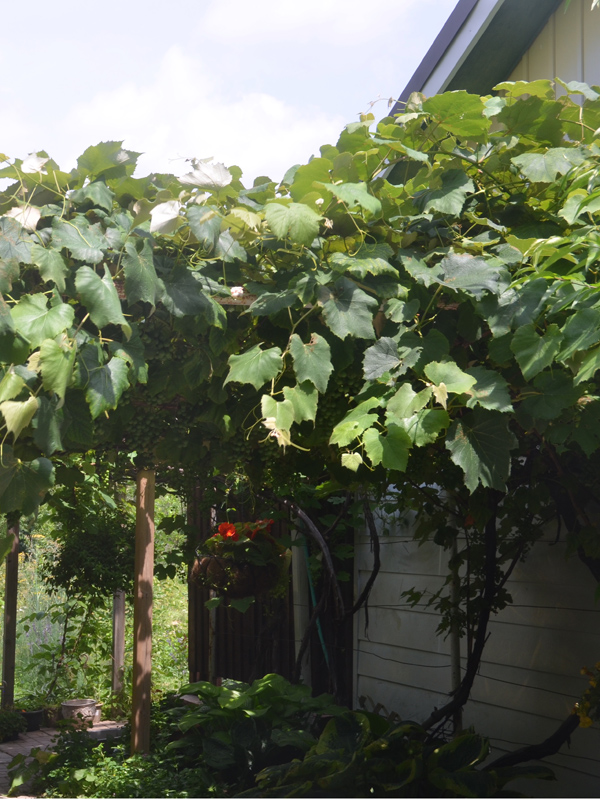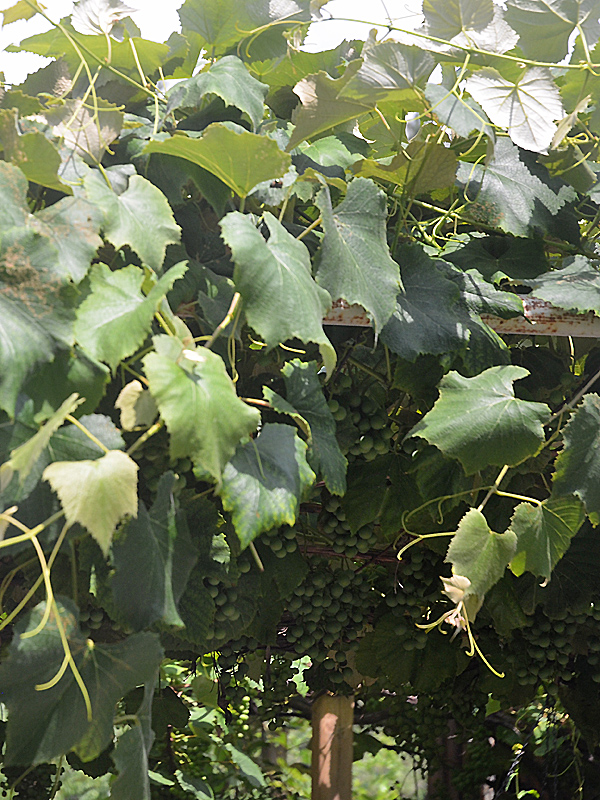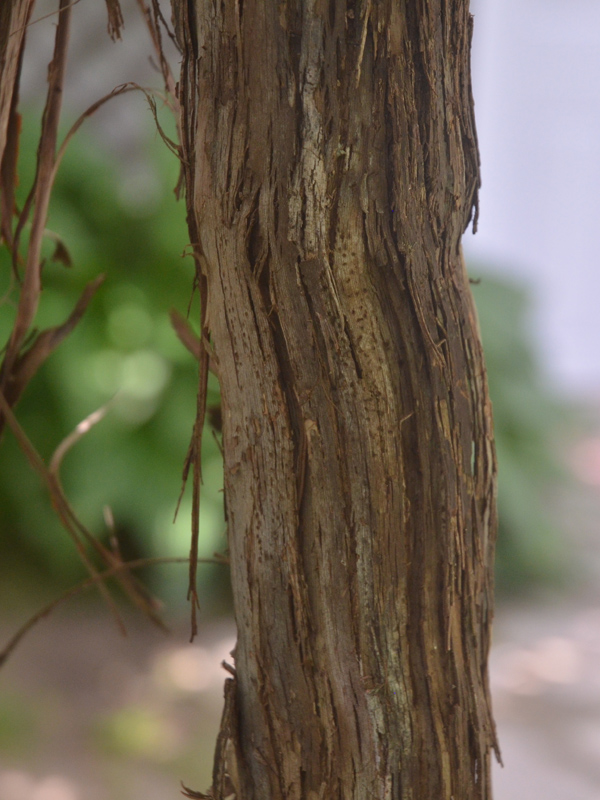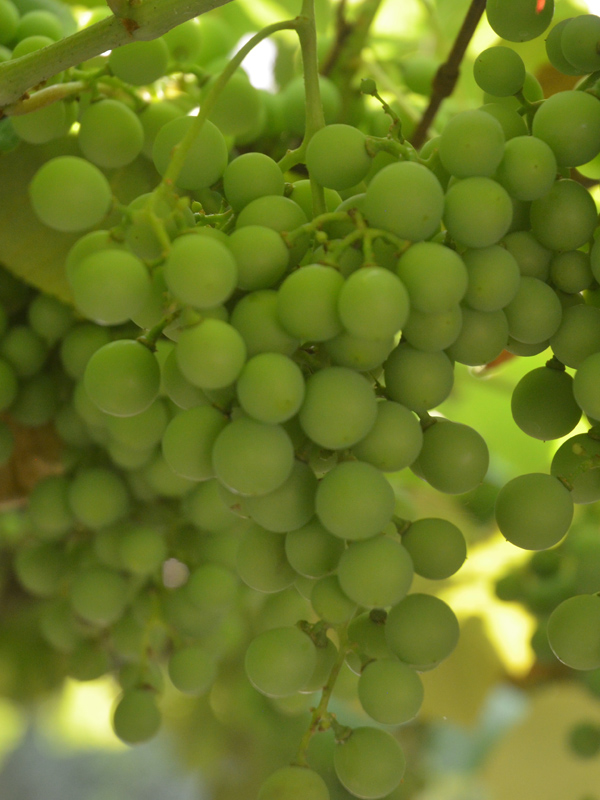| General Description | A perennial vine. |
| ID Characteristic | Produces a musty earthy smell which is unique to its species. |
| Shape | Climbing. |
| Landscape | Used largely within naturalization projects and in grafting. |
| Propagation | Seed, cuttings and layering. |
| Cultivation | Plant in well-drained, dry loamy or chalky soils in full sun to partial shade. |
| Pests | Anthracnose, black rot, crown gall, grey mould, powdery mildew, grape berry moth, leafhoppers, leaf rollers, Japanese beetle and phylloxera. Xylella a bacterial disease is a serious threat to many horticultures crops due to its virulence and wide range of species it can infect. It can infect more than 560 species with wide ranging symptoms including leaf scorch, yellowing and scorching, wilt, branch and twig dieback and plant death. These symptoms can be identical to other symptoms such as drought and weather stress. Infected plants show symptoms within a few years after planting. |
| Notable Specimens | The Living Center, Delaware, Ontario, Canada. |
| Habitat | Dry woodland borders, riverbanks and along roadsides. |
| Bark/Stem Description | Exfoliating. |
| Leaf Description | Simple lobed leaf with woolly hairs on the underside. Three shallow lobes that are usually finely serrate, and are approximately 10 - 20 centimetres long. The leaves have palmate venation. The petioles are 10 - 15 centimetres long and coated with short hairs. |
| Flower Description | Panicles usually 7 - 15 centimetres long that develop across from a leaf at a node on the stem. Individual flowers are about 3 mm. |
| Fruit Description | After fertilization occurs within the female flower, the flower starts swelling to make the fruit (grapes) of Vitis labrusca that is formed on a panicle. These panicles are about 7 - 15 centimetres long. These purplish grapes have juicy flesh and have about 2 - 6 seeds each. The flavour is generally described as sweet-tart to sweet, with musky overtones. |
| Colour Description | Foliage is a light green on the top in spring which fades to dull yellow in autumn. Purplish-pinkish-black fruit. Light green flowers. New bark is light grey-brown and mature bark is darker reddish-burgundy. |
| Texture Description | Vitis labrusca has a fairly consistent texture throughout the year. Its bark exfoliates all year round, and leaves are somewhat leathery to touch. It is considered a medium textured plant. |



